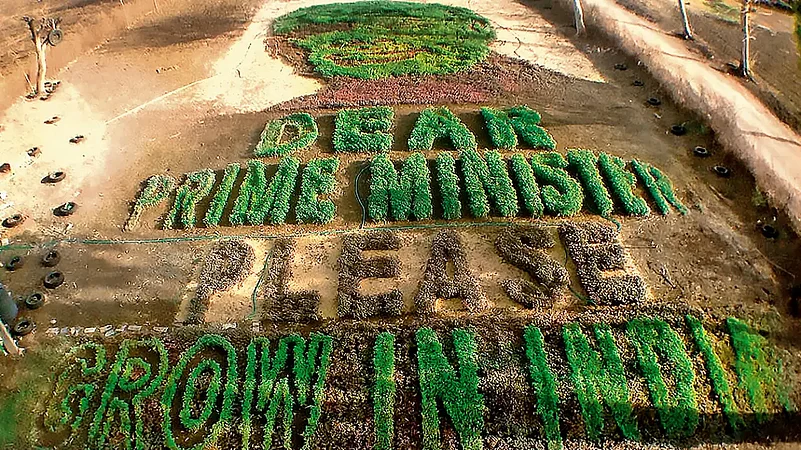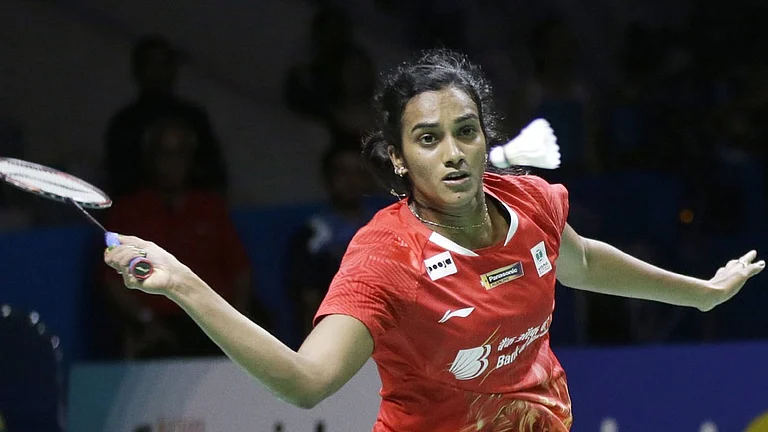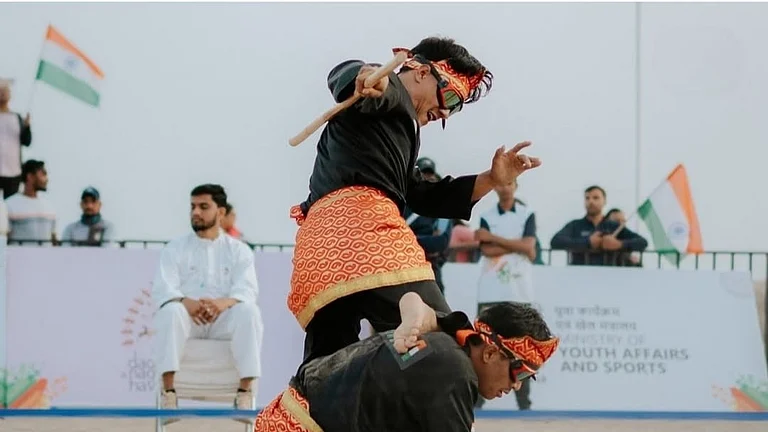When the recent assembly elections entered the final phases, the country directly slipped from winters to summers, completely skipping the spring season. The unusual weather soon damaged the wheat crop and increased flour prices, which led to a jump in the Consumer Price Index. As the heatwave intensifies, it needs to be underlined that it has not been an isolated year. In 2021, the Ministry of Earth Sciences said 12 of the 15 warmest years the country has ever seen were recorded during the last 15 years (2006-2020), and the last decade (2011-2020) was the warmest ever. India is in the grip of a severe heatwave, and yet the country that has just recently seen a massive farmers’ movement has little political conversation around the issue that threatens its farming.
The WHO says in a report that heatwaves are among the most dangerous of natural hazards, but rarely receive adequate attention because their death tolls and destruction are not always immediately obvious. From 1998-2017, more than 1,66,000 people died globally due to heatwaves, including more than 70,000 who died during the 2003 heatwave in Europe alone. And yet, soon after Donald Trump became the US President, he declared his intent to withdraw from the Paris Deal. The US eventually became the first country to withdraw from the agreement, sparking serious concerns in the world environmental order, before President Joe Biden rejoined the deal.
ALSO READ: Poetry: Letter From A Former Cook
The discourse on the environment co-exists with utter disregard to the carbon commitments. “The international community understands the urgency to report on the environment and climate crisis today. Many websites and news organisations have changed their terminology of reporting to underline the urgency of the issue,” says Hridayesh Joshi, who has been writing on environment issues for over two decades. For instance, The Guardian changed its terminology from “global warming” to “global heating” and “climate change” to “climate crisis”.
ALSO READ: Dante’s Peak: Heatwave Horror In Photos
The global south rightly holds the global north responsible for the problem and argues that the rich countries, having reached a higher consumption level, now want to deny their needs. But are governments in the developing world fair to their citizens? Has there been sufficient realisation in the Indian media that development projects must be adjusted according to the environment requirements? “As long as sudden floods and incidences like the severe heatwave reducing the wheat yield—one of India’s staple crops—do not become more frequent, I don’t see the possibility of mainline media realising the need to focus on climate impacts,” says agriculture expert Devinder Sharma.
Significantly, India had a good wheat harvest during all those warmer years in the last decade, and this is the first instance of such a widespread impact on the crop in the last 15 years. The decline in wheat production has pushed its market prices way above the MSP, prompting farmers to opt for private players instead of the government. The government procurement this year is likely to be around 200 lakh tonnes as against the earlier target of 444 lakh tonnes. Consider the gravity of the situation by the fact that the central government has already reduced the wheat share given under the Pradhan Mantri Garib Kalyan Anna Yojana to states and Union territories, with Uttar Pradesh, Bihar and Kerala not allotted any wheat under the scheme. It may threaten food security across the country.
***
While the issue may not have dominated the political discourse, agriculture research agencies have been trying to find ways to overcome the climatic impact on crops. In June 2021, the Finance Ministry said in a statement that the earlier “focus of research was on developing higher yield crop varieties” and attention “towards nutrition, climate resilience and other traits was missing”. The ministry applauded the efforts of the Indian Council of Agriculture Research that had developed bio-fortified crop varieties that are tolerant to diseases, pests, drought, salinity, and flooding. In September, the Prime Minister announced 35 crop varieties to address “the twin challenges of climate change and malnutrition”. These included a drought-tolerant variety of chickpea, bio-fortified varieties of wheat, pearl millet, maize quinoa, buckwheat, winged bean and faba bean.
However, Joshi insists that these are essentially adaptation strategies. When saline water floods the Sundarbans during cyclones, a saline-resistant crop works as an adaptation mechanism. Or, when in Bangladesh, several farmers abandon paddy and switch to crab farming in their part of the Sundarbans and export their produce, it becomes a great example of adaptation. “But adaptation can only be to an extent. The planet also needs a mitigation plan for climate change, with sustainable lifestyle the only key,” he says.
India has a long coastline of around 7,500 km that sustains around 250 million people spread across several states. Since India is home to scores of agro-climatic zones, its vulnerability to climate change increases manifold and local solutions become indispensable for sustainability.
In his landmark book Aaj Bhi Khare Hain Talab, environmentalist and water conservationist Anupam Mishra documented several areas of Rajasthan that withstood extreme heat and summers due to a native tradition of ponds. It’s this wisdom that the late environmentalist Anil Agarwal underlined in his World Conservation Lecture of 1985 when he firmly emphasised that the main source of environmental destruction is the demand for natural resources generated by the rich, but “it is the poor who are affected the most by environmental destruction”. He also underlined that “the maximum impact of the destruction of biomass sources is on women”.
If this wisdom is available, why don’t policy-makers act on it? Noted journalist P Sainath once explained that he got the name of his acclaimed book, Everybody Loves A Good Drought from a peasant activist Ramji Lakhan in Bihar who told him about a government officer harvesting “the third crop”. Having heard of only two crops, rabi and kharif, Sainath was surprised. The money that comes as drought relief made “the powerful richer than they are”, Lakhan said. “It’s quite a good business. We like a good drought.”
So if anyone wonders why the destruction of crops and deaths of people due to the ongoing heatwave don’t become a political issue, one can turn to the ongoing protest against coal mining in Hasdeo Arand region. The rich biodiverse area acts as a lung for central India, but the country’s top politicians have ignored the cutting of as many as 3.5 lakh trees in the region that will permanently damage the ecology in an area inhabited by some of the country’s poorest people. The power thus generated will be used to run ACs and air purifiers of the rich but, as various environment agencies have emphasised in their assessment reports, will severely hurt the poor.
One can finally turn to Agarwal: “India cannot survive without a low-energy, low-resource input urbanisation…Because if we don’t, nothing will survive in the villages of the Third World. The buck, therefore, starts with us… with people like me.” Neither polity nor people are willing to accept the buck.
(This appeared in the print edition as "Ides of March")


























